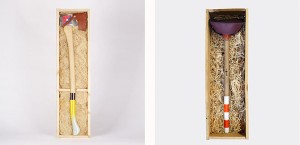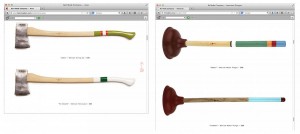An art historian wins a fair use victory, with the help of the College Art Association’s Code of Best Practices in Fair Use and a publisher that appreciates it. 
When Rebekah Modrak, Associate Professor at the University of Michigan, attended the CAA’s recent fair use webinar, she asked about an article on her artistic re-creation of a commercial brand’s imagery that she had submitted to Consumption Markets & Culture. The journal would not accept the images, because she was not the copyright owner for the brand images and, as the re-creation parodies the brand, could not request permission from the copyright holder.
 Now armed with knowledge of the best practices in her field, she wrote to the publisher of the journal, Routledge, outlining and sharing the CAA Code of Best Practices in Fair Use. She went on, using the Code’s information, to make a case for why these images were protected by fair use, core to the argument and appropriately used.
Now armed with knowledge of the best practices in her field, she wrote to the publisher of the journal, Routledge, outlining and sharing the CAA Code of Best Practices in Fair Use. She went on, using the Code’s information, to make a case for why these images were protected by fair use, core to the argument and appropriately used.
After two months of waiting, Prof. Modrak wrote CAA, “I was thrilled today to receive an email from Routledge saying that they’re keen to go ahead with the publication, along with most of the images.”
Being able to employ fair use, explained Modrak, “strengthened my own scholarship. I thought that Routledge would come back and say, ‘Sorry, we’re a UK publisher; fair use isn’t applicable here,’ but instead, we were able to inform Routledge’s practice! How awesome is that!”
